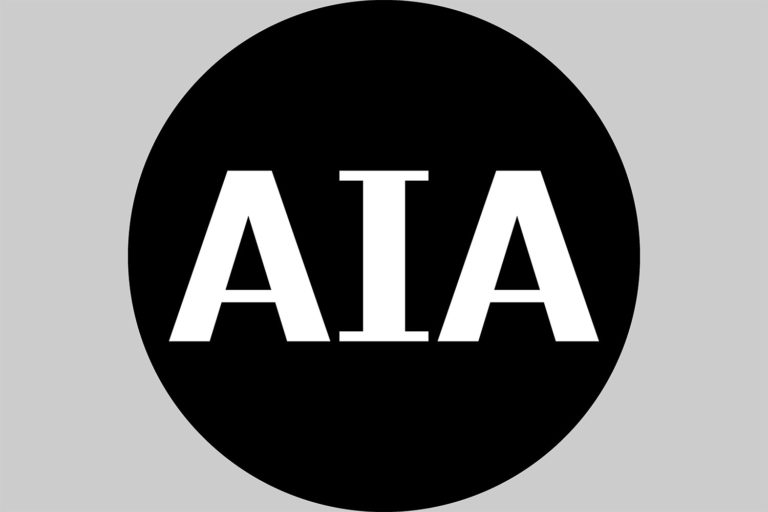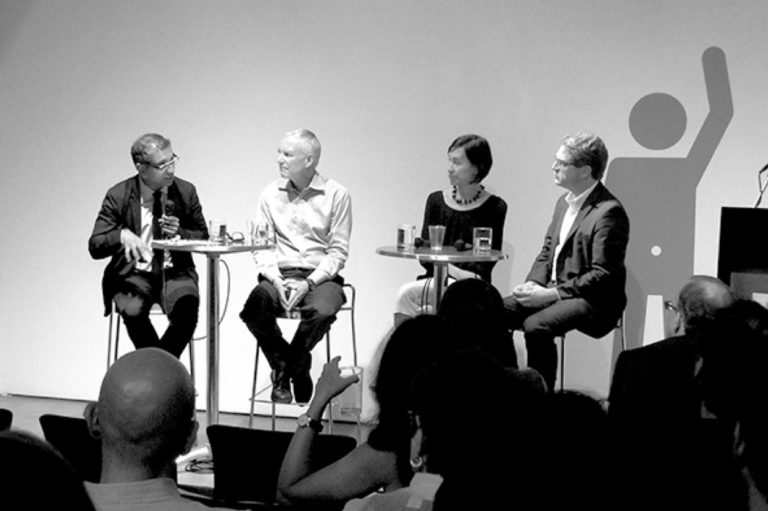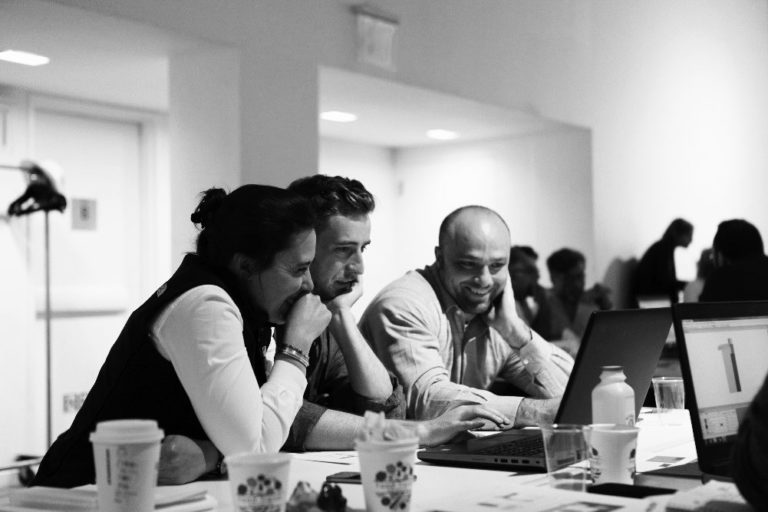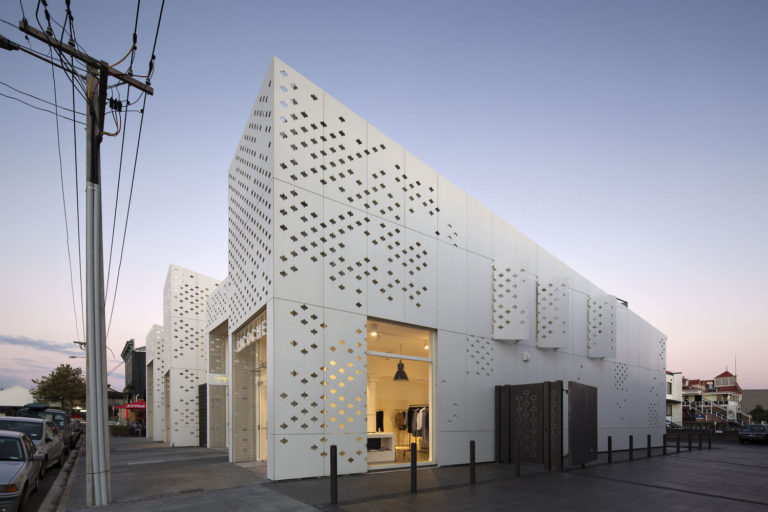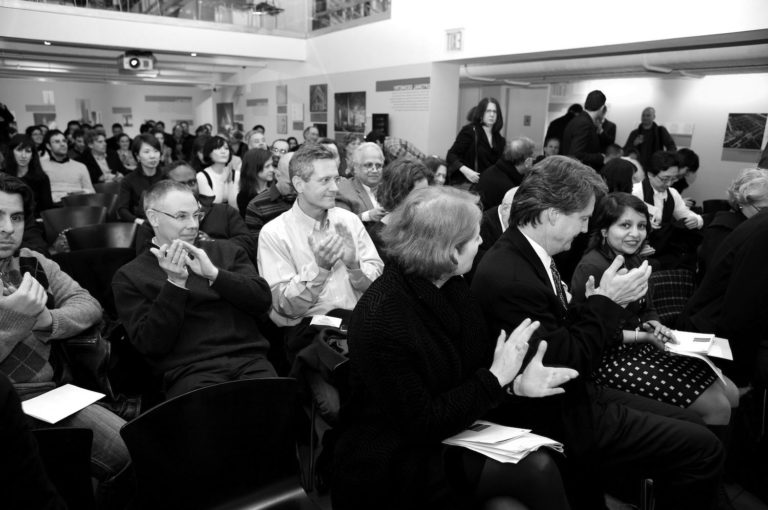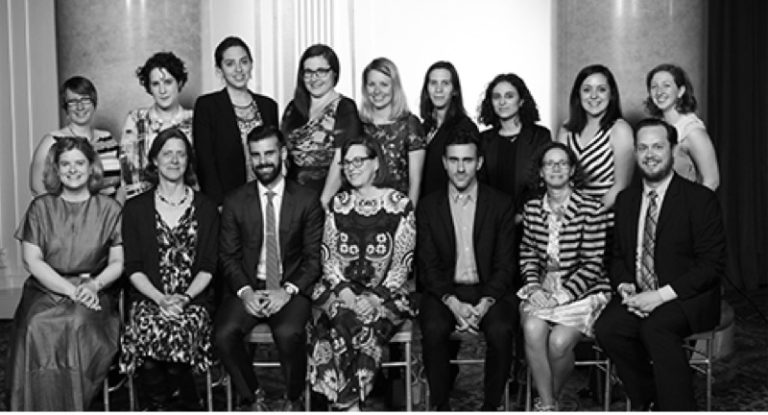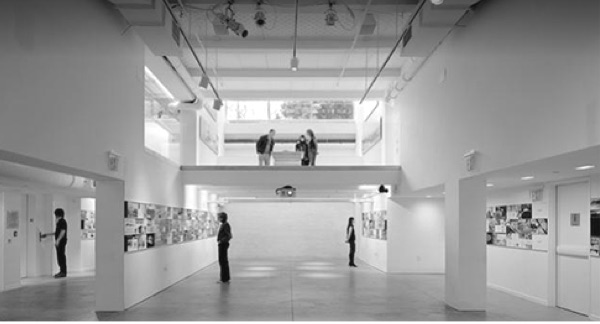by: AIA New York
David Polk, AIA, NCARB, is an artist, adjunct professor, and public architect serving as the Chief Architect for the U.S. General Services Administration Northeast & Caribbean Region. He oversees implementation of national Design Excellence policies while providing subject matter expertise on architecture, public art, preservation, workplace, urban design, and real estate strategy. Polk has taught across architecture, interior, exhibition, and urban design. He holds degrees in architecture from the University of Utah and Virginia Tech, and post-grad certificates from Cornell and the Bauhaus. He was part of the AIANY Civic Leader Program class of 2023. Recently, Polk was named one of Building Design + Construction’s 40 under 40 and a NextCity Vanguard.
Q: How/why did you decide to pursue architecture?
It’s so cheesy, but sometimes I feel like architecture chose me. I grew up doing construction with my father. When we moved to Florida, my parents decided to build our childhood home. I have a clear memory of my father drafting the plans by hand in a makeshift office in the garage. After insisting, he let me draw one line. Just one. But there was this profound moment weeks later when we visited the construction site, and I realized the line I drew had become a footer. The impact blew my ten-year-old mind.
Q: What are some of your favorite recent projects that you’ve worked on?
When I started at GSA as an intern, I did the master plan for the redevelopment of the 13-acre Volpe Center site in Cambridge, MA. The master plan spurred a world class public-private partnership development with GSA and MIT with SOM. It’s been amazing to see the project take shape, be involved in the selection and design process and Peer Reviews, and then see a state-of-the-art facility rise from the ground in the heart of Kendall Square.
Q: What do you see as an architect’s role-and responsibility-within our culture?
In order to find new ways of doing architecture, we need to find new ways of being architects! I chose an “alternative” path in architecture as a public architect, but it’s no less important. No matter the client, scale, or location, architects should raise the bar and awareness of the impact we have on the built environment. We need more viable paths and more models for practice so architects can assume multiple roles and responsibilities throughout all spaces and phases of development—or even within/across a studio/firm’s structure.
Q: What are your thoughts on architectural education today?
Other than the steep price and a few known barriers, it’s exciting! I’ve always kept one foot in academia either as an adjunct or juror, just to witness the magic and evolution of architectural education. The next generation is inheriting an unfathomable level of complexity and responsibility in the built environment. But their willingness and aptitude to tackle systemic issues is inspiring. Their climate and carbon literacy is a baseline that, honestly, few practitioners have yet mastered. The future is bright.
Q: What are your greatest sources of inspiration?
People. I recently lost five staff that represented over 150 years of specialized experience across public art, preservation, workplace, interiors, and structural engineering. Our natural resources are finite, but so are our human resources. Never take people for granted! I find inspiration in the low-key, bad-ass practitioners fighting the good fight day in and day. The AIA|NY staff, board, committee chairs, and members are amazing. Just glance at the calendar of programming. I find inspiration in my leaders, staff, and peers choosing to simply do the work.
